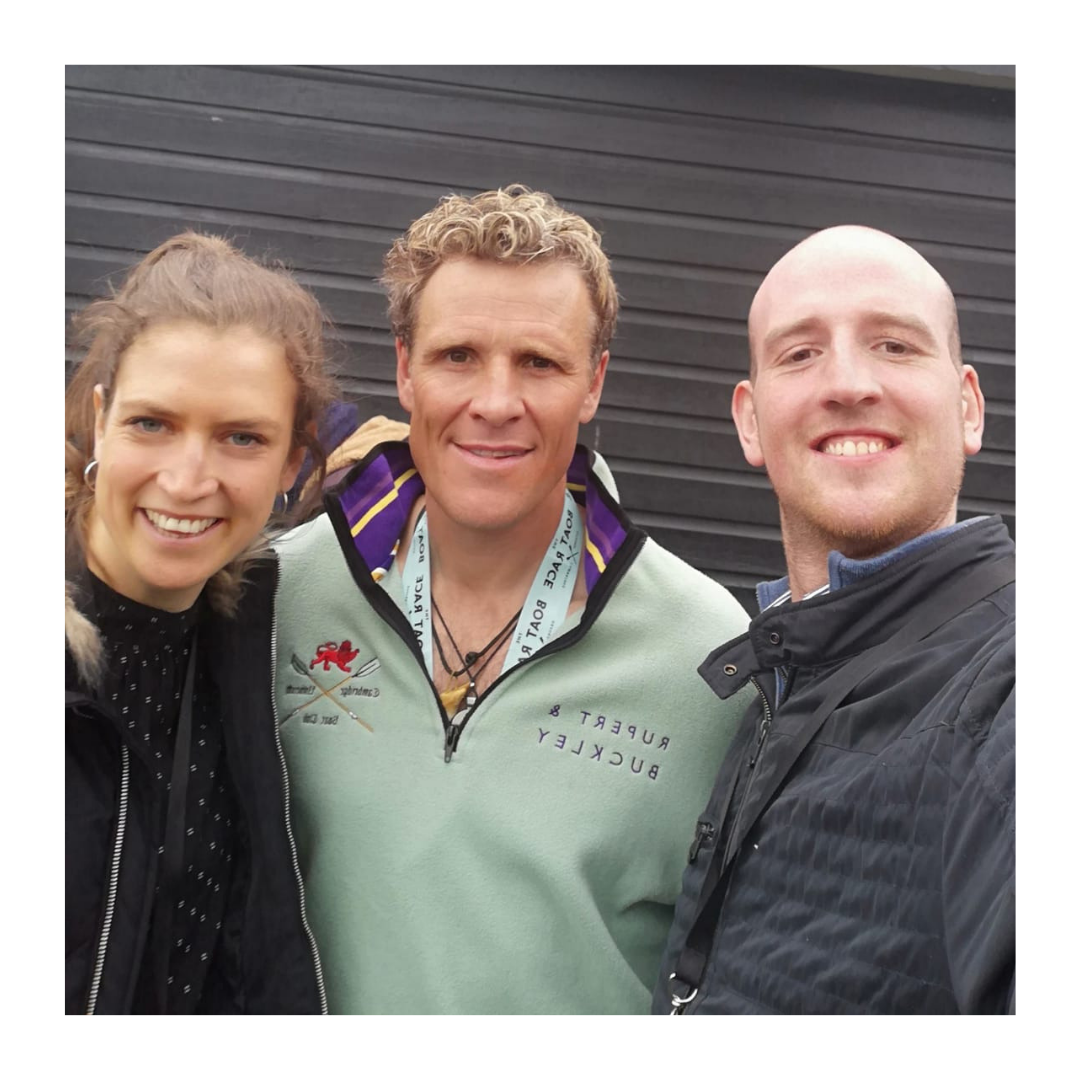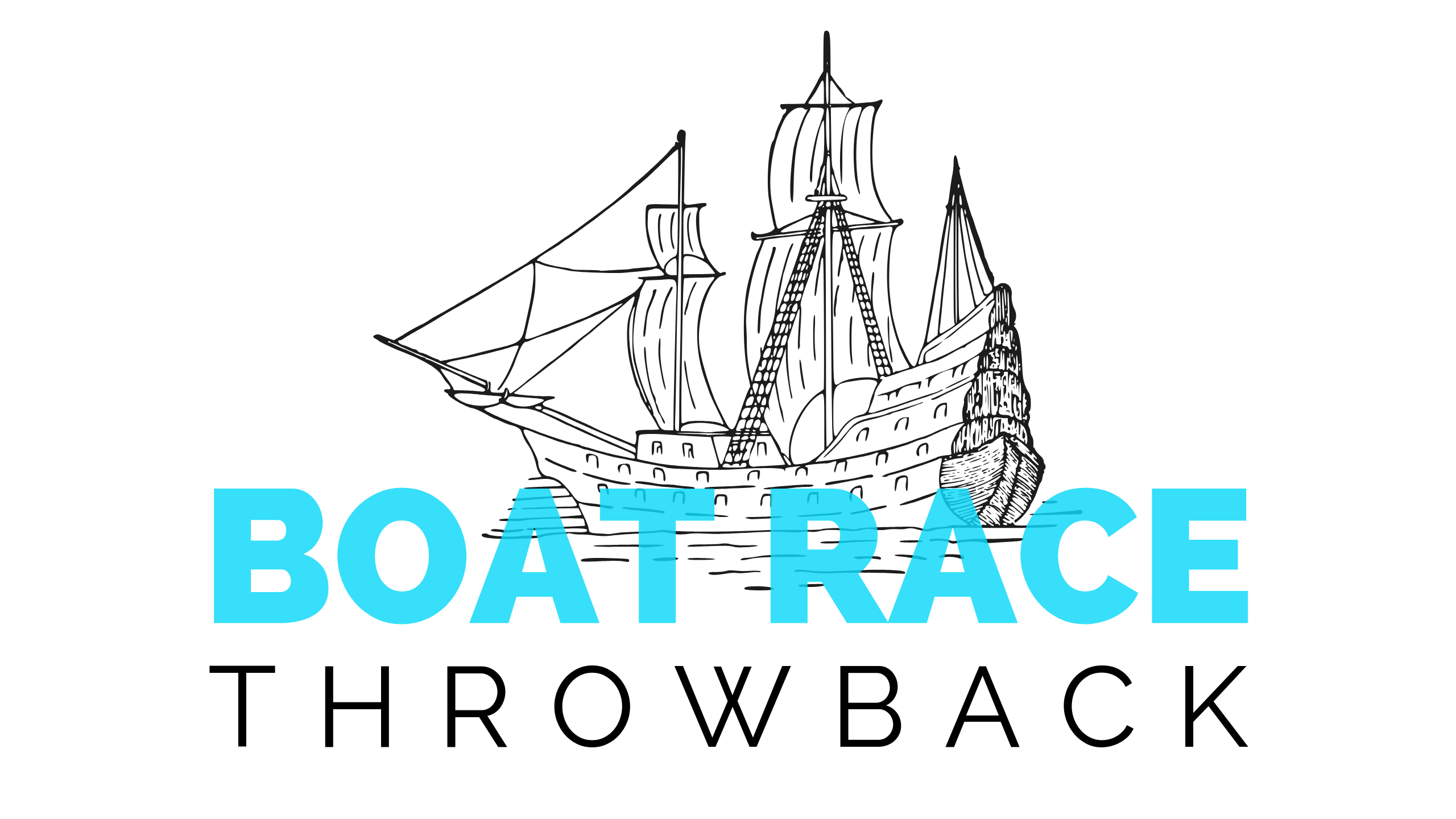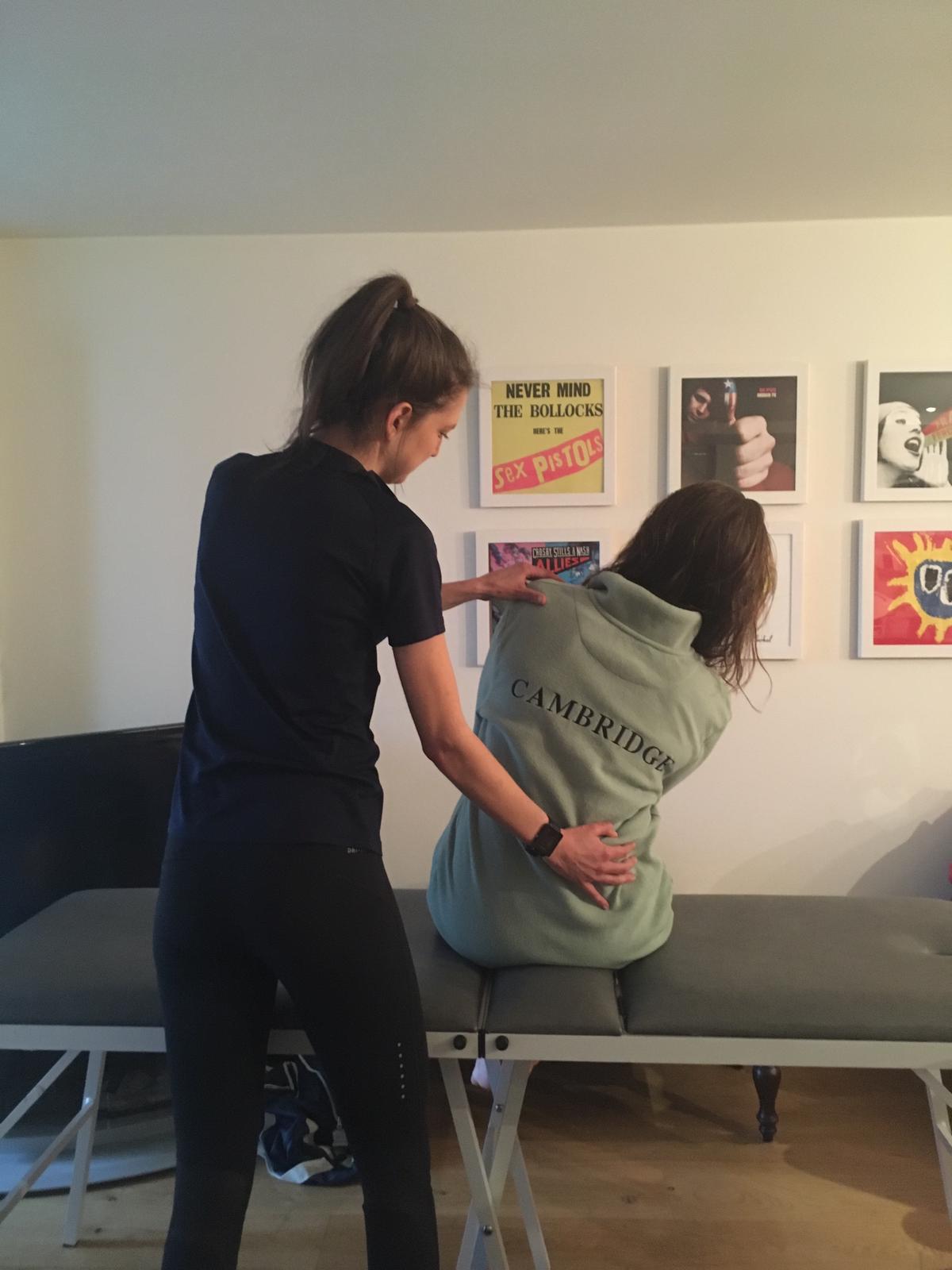
A fortnight ago, Eoghan and I spent the week leading up to the annual Oxford vs. Cambridge Boat Race as Physiotherapists for the Cambridge team. It was an absolute honour and pleasure to work with the team each evening following their intense training sessions and treat each ailment that presented that day.
We treated their longstanding injuries to ensure they did not impact race day but in addition to this the varying conditions of choppy waters and temperamental wet and cold weather meant that the rowers often presented with new minor niggles each day.
The work required hands on manual therapy treatment (soft tissue massage work and joint mobilisations), warm up activation and mobility exercise prescription, taping and rowing technique prompting to ensure symptoms weren’t aggravated each day and thus worsened in the lead up to the main event.
It was a rewarding experience to meet the team and see the impact of our treatment throughout the week. It was even more fulfilling when we watched the race amongst their family and friends and saw all four of the Cambridge teams take first place.
Both Eoghan and I have now worked extensively with rowers from school children to GB level. We have seen a number of injuries; worked with individuals to resolve their acute symptoms and used strength and mobility programmes to prevent recurrence. There is a definite trend in common injuries. This allows for a high success rate in treatment options for rowers. Below we have outlined the most common rowing injuries we see in the clinic and within the acute team setting.
Common rowing injuries
Rowing, like cycling, is a relatively low impact sport. As a result of the this, most rowing injuries (70%) result from overloading in one form or another.
The most common injury we see in rowers is low back pain which can present in a number of ways, such as muscle strains ligament sprains to stress fractures and disk irritation. This commonly comes on gradually, starting as an ache, often after rowing or rough water or a significant increase in training programme.
The second most common group of injuries we see are those to the wrist an elbow region. These once again comprise several presentations such as irritation of tendons in the wrist like, DeQuervains Tenosynovitis which effects the thumb side of the wrist or flexor tendon injuries that effect the front of the wrist. Other injuries in this area we often see are lateral epicondylitis or ‘tennis elbow’ and compartment syndrome.
Other, less common, but equally debilitating injuries we see are knee pain (which more often than not comes on as a result of cross training such as running or cycling), hip impingement, shoulder and upper back pain.
With the nature of rowing being a relatively low impact, it is the case for the most part that if the rowing stroke is performed well and the conditions are good, athletes will rarely be injured- but life just isn’t that simple though. For this reason, when treating rowing injuries I like to break them into two groups (which do overlap quite a lot). These are injuries resulting from faulty technique and injuries due to weakness.
Over the next few weeks I will be going through the list of the most common rowing injuries, outlining the technical faults (from my physio point of view) and the weaknesses which may be causing them as well as outlining some simple tips on how to try tackle those injuries before they out you out of the boat.
Written by Lucy Sacarello & Eoghan O’Connor (Senior Chartered MSK Physiotherapists)






